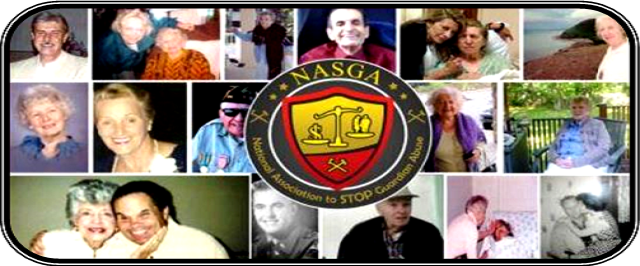ITHACA, N.Y. —
Most nursing homes had fewer nurses and caretaking staff than they had
reported to the government for years, according to new federal data,
bolstering the long-held suspicions of many families that staffing
levels were often inadequate.
The
records for the first time reveal frequent and significant fluctuations
in day-to-day staffing, with particularly large shortfalls on weekends.
On the worst staffed days at an average facility, the new data show,
on-duty personnel cared for nearly twice as many residents as they did
when the staffing roster was fullest.
The data, analyzed by Kaiser Health News,
come from daily payroll records Medicare only recently began gathering
and publishing from more than 14,000 nursing homes, as required by the
Affordable Care Act of 2010. Medicare previously had been rating each
facility’s staffing levels based on the homes’ own unverified reports, making it possible to game the system.
The
payroll records provide the strongest evidence that over the last
decade, the government’s five-star rating system for nursing homes often
exaggerated staffing levels and rarely identified the periods of thin
staffing that were common. Medicare is now relying on the new data to
evaluate staffing, but the revamped star ratings still mask the erratic
levels of people working from day to day.
At
the Beechtree Center for Rehabilitation & Nursing here, Jay
Vandemark, 47, who had a stroke last year, said he often roams the halls
looking for an aide not already swamped with work when he needs help
putting on his shirt.
Especially on weekends, he said, “It’s almost like a ghost town.”
Nearly
1.4 million people are cared for in skilled nursing facilities in the
United States. When nursing homes are short of staff, nurses and aides
scramble to deliver meals, ferry bedbound residents to the bathroom and
answer calls for pain medication. Essential medical tasks such as
repositioning a patient to avert bedsores can be overlooked when workers
are overburdened, sometimes leading to avoidable hospitalizations.
“Volatility
means there are gaps in care,” said David Stevenson, an associate
professor of health policy at Vanderbilt University School of Medicine
in Nashville, Tenn. “It’s not like the day-to-day life of nursing home
residents and their needs vary substantially on a weekend and a weekday.
They need to get dressed, to bathe and to eat every single day.”
David
Gifford, a senior vice president at the American Health Care
Association, a nursing home trade group, disagreed, saying there are
legitimate reasons staffing varies. On weekends, for instance, there are
fewer activities for residents and more family members around, he said.
“While staffing is important, what really matters is what the overall outcomes are,” he said.
While
Medicare does not set a minimum resident-to-staff ratio, it does
require the presence of a registered nurse for eight hours a day and a
licensed nurse at all times.
The payroll records show that even facilities that Medicare rated positively for staffing levels on its Nursing Home Compare website,
including Beechtree, were short nurses and aides on some days. On its
best staffed days, Beechtree had one aide for every eight residents,
while on its lowest staffed days, there was only one aide for 18
residents. Nursing levels also varied.
Image

The
Centers for Medicare & Medicaid Services, the federal agency that
oversees nursing home inspections, said in a statement that it “is
concerned and taking steps to address fluctuations in staffing levels”
that have emerged from the new data. This month, it said it would lower
ratings for nursing homes that had gone seven or more days without a
registered nurse.
Beechtree’s payroll
records showed similar staffing levels to those it had reported before.
David Camerota, chief operating officer of Upstate Services Group, the
for-profit chain that owns Beechtree, said in a statement that the
facility has enough nurses and aides to properly care for its 120
residents. But, he said, like other nursing homes, Beechtree is in “a
constant battle” to recruit and retain employees even as it has
increased pay to be more competitive.
Mr.
Camerota wrote that weekend staffing is a special challenge as
employees are guaranteed every other weekend off. “This impacts our
ability to have as many staff as we would really like to have,” he
wrote.
New rating method is still flawed
Full Article & Source:
'It’s Almost Like a Ghost Town.’ Most Nursing Homes Overstated Staffing for Years


1 comment:
If all nursing homes had proper staffing - 1 to 4 ratio - everyone involved would do better.
Post a Comment